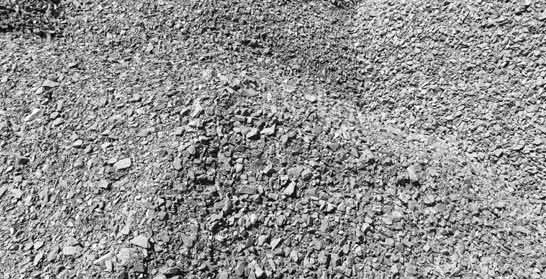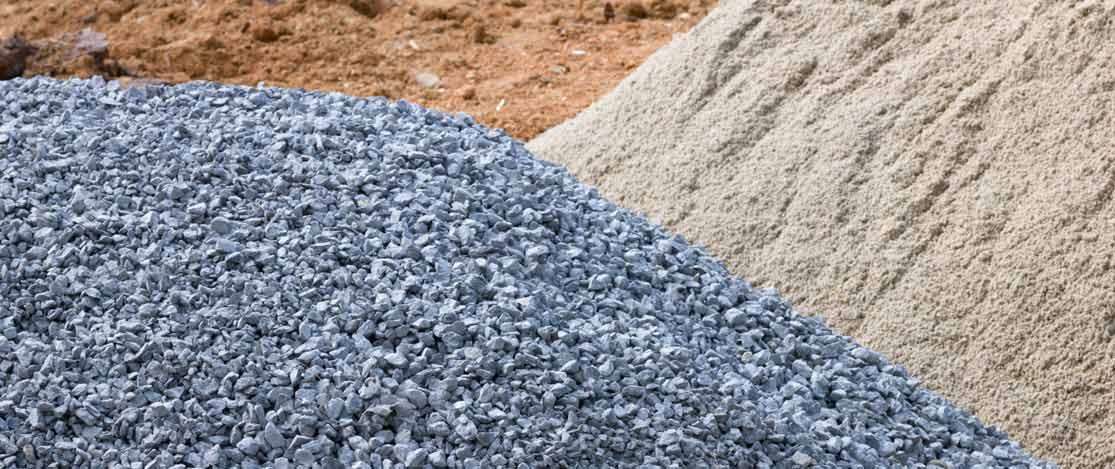Up to 80 percent of your typical concrete mix is made of aggregate, which is mostly filler material from fine sand to chunky gravel.
The cement, which gets nearly all the recognition, binds the aggregate together and hardens to form concrete. But without the right aggregate, the cement is useless and the resulting concrete will fail.
It’s a Science Experiment
Making concrete involves complex chemical reactions. When the cement is mixed with water the reactions begins. The reactions give off heat and as the material dries, it become strong, but mostly because of the aggregate. Smooth material like riverbed gravel and crushed stone offers a surface that can easily bond to the cement. Jagged or easily fractured materials are more likely to cause concrete to fail.
Depending on the aggregate used, the amount of cement needed to create strong concrete varies. Producers have to calculate the right concrete mix in order to assure a safe product.
Filling the Void
Before adding the right amount of cement, the right mix of fine and coarse aggregate must be achieved. Cement is expensive and aggregate is cheap. Filling the voids between the aggregate means less cement has to be used to form solid bonds.
Fine aggregate like sand or crushed stone fills the gaps between coarse aggregate like gravel and stone. The aggregate used has to be very clean. Any material like clay and chemicals will affect cement adhesion.
All aggregate is thoroughly washed and separated for size and grade. Producers dig or dredge the material from pits, rivers, lakes and even the seabed. Machines also crush large rocks and boulders from quarry mining to produce fine aggregate.
Recently, old concrete has been used as aggregate. The concrete is crushed into fine material.
Del Zotto Products has all you need for precast concrete forms. Contact us for information about our products and services.


